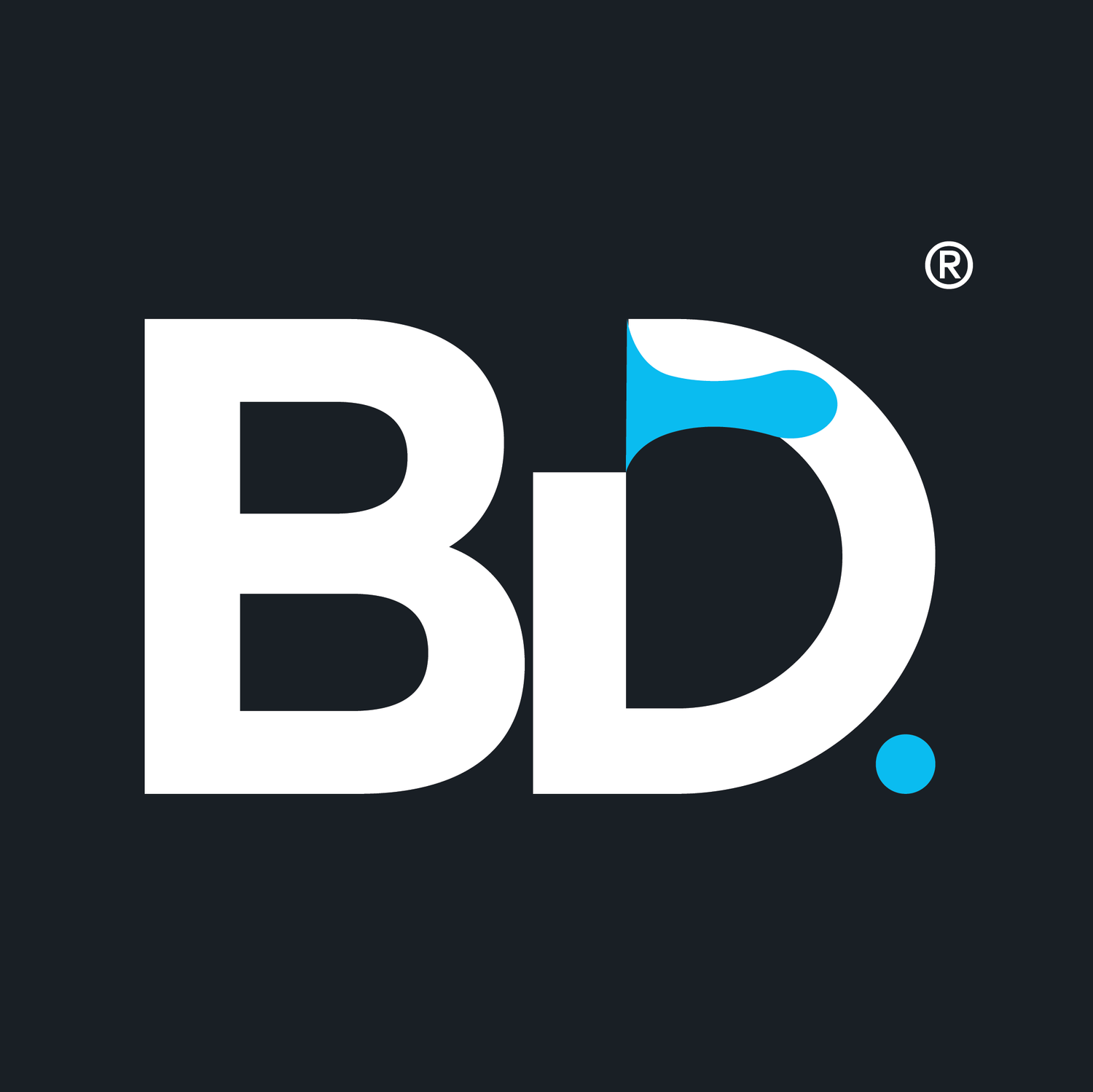How do you actually measure Campaign Success?
Measuring campaign success involves thoroughly evaluating various metrics and performance indicators to determine how well your campaign achieved its specific objectives. Whether you’re running a social media promotion, an email marketing campaign, or a pay-per-click ad, understanding what works and what doesn’t can help you optimize your efforts and drive better results. Here’s a detailed guide on how to measure campaign success effectively:
1. Set Clear Objectives
Before launching any campaign, it's essential to set clear, measurable objectives. Use SMART criteria (Specific, Measurable, Achievable, Relevant, Time-bound). Common goals might include:
Increase brand awareness: Measured by impressions or reach.
Generate leads: Measured by the number of sign-ups or inquiries.
Boost sales: Measured by revenue or units sold.
Engage customers: Measured by likes, shares, comments, or time spent on your site.
2. Identify Key Performance Indicators (KPIs)
Once you have your objectives, select KPIs that will help you measure progress. Some common KPIs include:
Conversion Rate: The percentage of visitors who take a desired action.
Click-Through Rate (CTR): The ratio of users who click on your ad to those who view it.
Return on Investment (ROI): Revenue generated versus the cost of the campaign.
Customer Acquisition Cost (CAC): The cost associated with acquiring a new customer.
Engagement Rate: Interactions (likes, shares, comments) relative to total followers or views.
3. Utilize Analytics Tools & adjust accordingly.
Monitor your KPIs frequently to identify trends and areas for improvement. If a particular ad is underperforming, you can tweak the messaging or visuals before too much budget is spent.
Monitor traffic, engagement, and conversions.
Identify successes and failures: What worked well? What didn’t?
Look for patterns: Are there specific demographics or channels that performed better?
4. Gather Qualitative Feedback
Quantitative data is vital for analyzing trends and measuring performance, but qualitative feedback can provide deeper insights into user experiences and motivations. Consider the following points:
Surveys: Ask customers about their experience with your campaign.
Focus Groups: Get in-depth feedback on your campaign's appeal and effectiveness.
Social Listening: Monitor social media conversations around your campaign for insights. Trust your brand promoters to give you feedbacks on what the market and consumer trends are.
5. Adjust and Optimize Future Campaigns
Use the valuable insights gained from your thorough analysis to significantly improve future marketing campaigns. Carefully adjust your strategies based on what you’ve learned from this process to enhance overall effectiveness and ensure better outcomes.
Refine Targeting: Focus on the specific demographics that have shown higher levels of engagement in previous campaigns. By analyzing these groups closely, you can tailor your messaging and outreach efforts more effectively.
Test Different Creatives: Engage in a process of experimentation by trying out various types of messaging, diverse visuals, or alternative formats. This approach can help you discover what resonates best with your audience and enhances overall engagement.
Reallocate Budget: Invest more in high-performing channels or tactics.
Collaboration & Mentions: Work with other brands and partners to increase readership and engagement.
6. Report and Share Findings
Make a report that outlines your findings and insights. Sharing it with your team can promote learning and improvement. Use charts and graphs to clearly show important points.
Hire Bright Design Studio to expertly manage your marketing campaign while staying within your budget constraints and effectively meeting your specific goals. We focus on delivering tailored solutions that cater to your unique needs. Ask for quote: hello123@brightdesignstudio.net
Conclusion
Measuring campaign success is an ongoing process that requires clear goals, data analysis, and strategy optimization. Implementing these practices ensures effective marketing aligned with business objectives. Success in marketing involves not only achieving results but also learning and evolving with each campaign.


